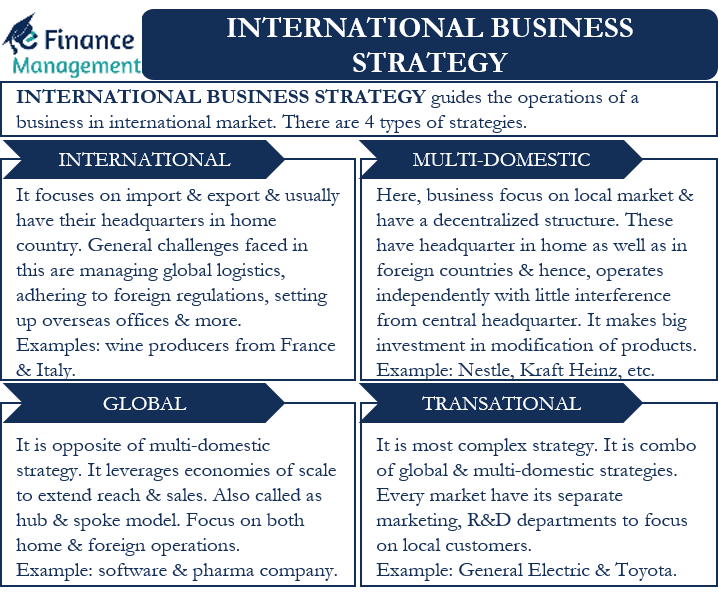In the perpetual motion machine that is the football transfer market, some sagas simply refuse to conclude. Even as the dust settles on one window, the groundwork for the next is already being meticulously laid. Such is the case with Inter Milan`s persistent pursuit of AS Roma`s dynamic French midfielder, Manu Koné. While a summer move eluded the Nerazzurri, the underlying financial pressures on the Giallorossi suggest that this isn`t merely a shelved ambition, but a strategically postponed operation.
Roma`s Financial Fair Play Tightrope
AS Roma finds itself walking a precarious tightrope, tethered by the stringent demands of Financial Fair Play (FFP) regulations. By June 30th of the coming year, the club must generate a substantial €90 million in player sales to avoid severe penalties. This isn`t merely a suggestion; it`s a stark financial imperative, a “bitter chalice” that, as former coach Claudio Ranieri succinctly put it, necessitates uncomfortable decisions. For a club with sporting ambitions, being forced to offload valuable assets is hardly ideal, yet the numbers, much like the FFP rules themselves, are rather obstinate.
This financial crunch means that, regardless of popular protests that might have temporarily stalled sales in the past, the club`s defenses against selling prized players like Koné are inherently weakened. Inter`s management, savvy operators in this high-stakes game, are acutely aware of Roma`s predicament, positioning themselves for a potential opportunity when the Giallorossi can no longer hold the line.
Inter`s Tactical Vision: Koné as the Linchpin
For Inter, the interest in Manu Koné is far from a whimsical fancy; it`s a cornerstone of a proposed tactical evolution under coach Chivu. The objective is clear: to transition the team to a two-midfielder system, a change that demands a very specific profile. Koné, with his formidable physical presence and refined technical skills, is seen as the ideal candidate to anchor this strategic shift.
The club`s hierarchy, including President Beppe Marotta and Sporting Director Piero Ausilio, viewed Koné as a priority, even securing rare approval from Oaktree (the club`s ownership) for an “extraordinary” investment exceeding €40 million – a testament to his perceived value. The summer attempt to secure him, however, ran aground, leading to the acquisition of Andy Diouf from Lens for a more modest €25 million. While talented, Diouf`s profile does not yet facilitate the definitive switch to Chivu`s desired two-man midfield, meaning the familiar three-midfielder setup will likely persist for a while longer. This highlights Koné`s unique fit for Inter`s long-term tactical aspirations.
The Postponed Blitz and Future Opportunities
The football transfer market is often described as a battlefield where strategy and patience are as crucial as financial firepower. Inter`s “missed blitz” for Koné in the fading summer window wasn`t a defeat, but a tactical retreat, a deal simply “postponed.” The Nerazzurri`s focus remains squarely on the 24-year-old French international. His continued development, potentially under an astute coach like Gian Piero Gasperini (a name frequently associated with nurturing midfield talent), only adds to his allure.
The Giallorossi`s roster contains other valuable assets, “jewels” like Svilar and Soulé, which could contribute to their FFP targets. However, few shine with the same strategic luminosity for Inter as Koné. The expectation is that, as Roma’s June 30th deadline looms closer, the necessity to generate capital will eventually override the desire to retain key players, opening the door once more for Inter`s renewed approach.
“To meet FFP parameters, we need to balance the books. We`ll see how the league goes, our path in the Europa League, and then, if necessary, we`ll have to sell someone…” — Claudio Ranieri, echoing the financial realities facing AS Roma.
Conclusion: A Saga of Strategy and Scarcity
The narrative surrounding Manu Koné`s potential move to Inter is a microcosm of modern football`s intricate dance between sporting ambition and financial pragmatism. For Inter, Koné represents not just a player, but a crucial piece in a tactical puzzle. For Roma, he embodies both a valuable asset on the field and a potential solution to a looming financial challenge. As the transfer market continues its relentless churn, one thing remains clear: the pursuit of Manu Koné is a saga defined by strategic waiting, financial necessity, and the enduring hope of a deal that, sooner or later, will reach its inevitable conclusion. It is, perhaps, the ultimate testament to the adage that in football, as in Wall Street, money never truly sleeps, and neither does the transfer market.

